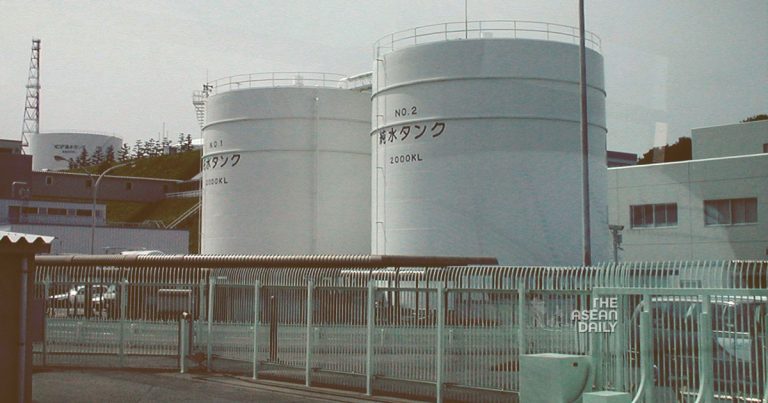16-1-2024 (TOKYO) Tokyo Electric Power Company (Tepco) has announced its intention to commence a fourth release of treated radioactive water from the damaged Fukushima Daiichi Nuclear Power Plant in late February, according to a Tepco official on Tuesday (Jan 16). This move, part of Japan’s decommissioning strategy for the plant following the 2011 earthquake and tsunami, has faced criticism, particularly from China.
The staged releases began in August last year as a crucial step in the lengthy process of decommissioning the plant, which suffered the world’s worst nuclear disaster since Chernobyl.
China and Russia have raised safety concerns, leading to the ban of seafood imports from Japan, a move Tokyo deems scientifically unfounded.
In the upcoming fourth release, approximately 7,800 cubic meters of treated water will be discharged into the Pacific Ocean, mirroring the quantities in the previous three discharges, as outlined by Junichi Matsumoto, the Tepco official overseeing the operation, during a media presentation.
The release plan extends into the fiscal year ending in March 2025, with the fifth and sixth discharges outlined in the decades-long strategy.
Japan asserts that the treated water undergoes processing to eliminate most radioactive elements, except for tritium, an isotope of hydrogen that requires dilution due to its challenging filtration. Tritium levels in surrounding waters, since the initial discharge, have reportedly met predetermined standards and are below the World Health Organization’s guidelines for drinking water quality, according to Matsumoto.
Japan, aiming to reduce its carbon footprint and minimize fossil fuel imports, has gradually reintroduced nuclear power into its energy mix since halting all nuclear reactors following the 2011 Fukushima disaster. However, a recent earthquake in Ishikawa prefecture on New Year’s Day raised fresh safety concerns, leading to water spillover from spent nuclear fuel pools and oil leaks at the idle Shika nuclear power station.
At a media briefing, Akira Ono, Tepco’s chief decommissioning officer, stated that the Kashiwazaki-Kariwa nuclear power plant, the world’s largest, experienced “no specific damage” during the January 1 earthquake. The plant, located in Niigata prefecture, had its operational ban lifted by Japan’s Nuclear Regulation Authority shortly before the recent earthquake, although the exact restart timeline remains uncertain.




